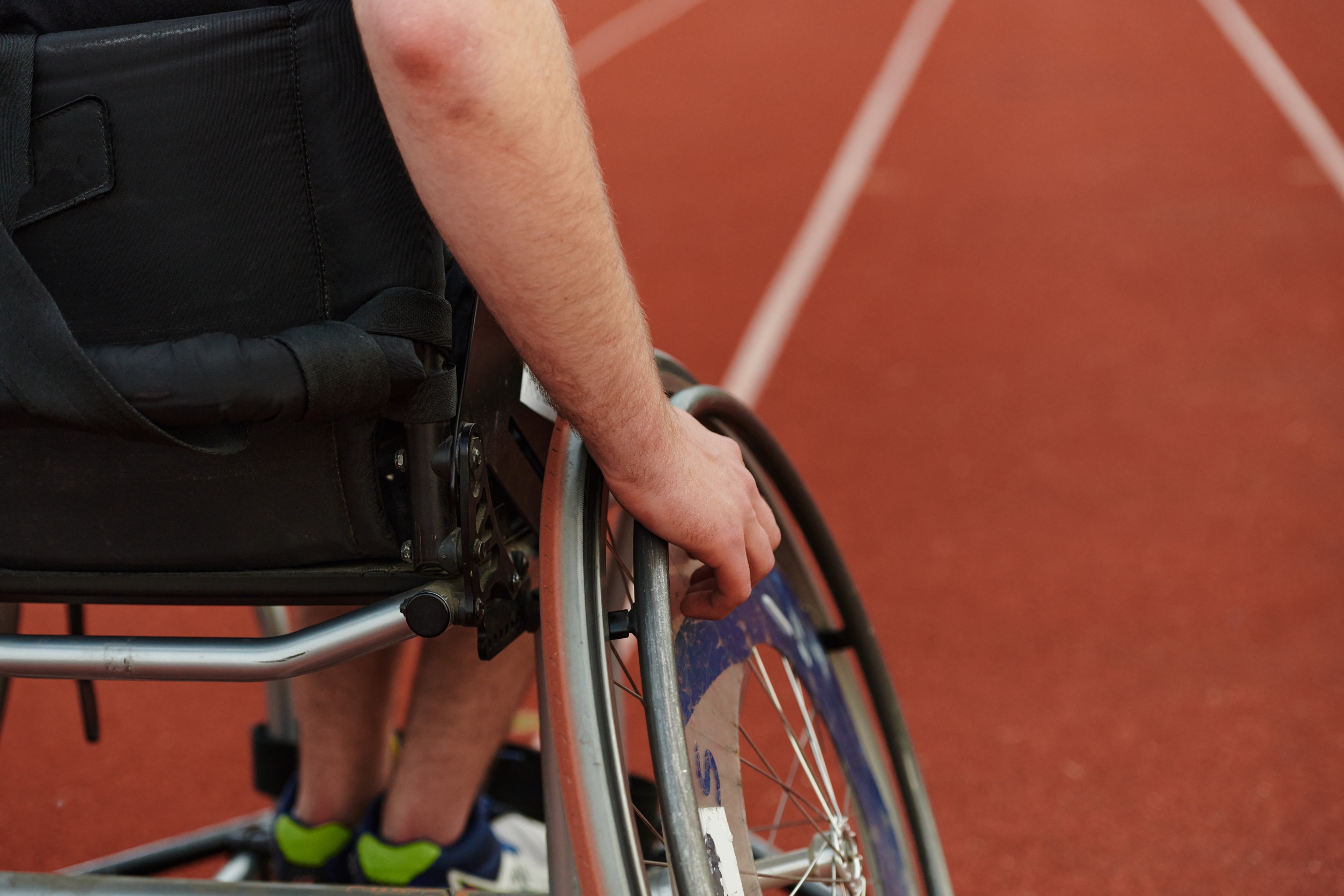BY THE OPTIMIST DAILY EDITORIAL TEAM
Children are naturally curious about the world around them, especially the people that cross their paths. When kids observe someone whose body looks different from theirs, such as a person with a limb difference, they are more prone to ask questions—often loudly and in public. This interest provides a tremendous teaching opportunity for parents that should not be suppressed but encouraged.
“Discussing disability leads to normalizing disability, which leads to better understanding the needs of diverse communities,” explains Shree Thaker, director of communications and partnerships for the Amputee Coalition. Instead of advising kids to stay quiet or to refrain from asking questions, parents should encourage their child’s curiosity and use it as a chance to promote empathy and understanding. According to Cameron Lutges, a mentor with the No Limits Foundation, fostering children’s curiosity by allowing them to ask questions helps their brains understand what limb differences and prostheses are.
Understanding prosthetics: tools, not limitations
Prosthetics can fascinate children, especially when they observe athletes utilizing them in high-performance environments like during the Paralympics. These technologies, which are typically viewed as extensions of the human body, might pique a child’s interest, prompting questions about their function and purpose.
“Prosthetic devices really are aids that help people,” Lutges explains. He suggests explaining prostheses to children by comparing them to something familiar, such as shoes. “People put on shoes to protect their feet. It’s the same kind of scenario for us to be able to wear shoes and be able to perform our daily tasks while making sure that we’re doing it in the safest manner for our bodies.” This contrast helps children perceive prosthetics as tools that help people perform various tasks, rather than something that defines them.
Celebrating athletes: a focus on achievements
When talking about Paralympic competitors, it’s vital to stress their remarkable accomplishments rather than their limitations. Thaker proposes that parents talk about Paralympic competitors in the same manner they talk about other elite athletes. “Normalizing disability helps to prevent ‘othering’ anyone,” she says.
Parents can compliment an athlete’s speed, strength, or skill without mentioning if they use a prosthetic or other aid. For example, instead of stating, “Look how fast she is running on that blade,” say, “Look how fast she is running!” This technique teaches students to respect the athletes’ ability while also recognizing that their usage of prosthetics is only one aspect of their success.
Building empathy: seeing the whole person
Teaching young minds about disability involves more than just discussing prosthetics and athletic achievements. It is critical to portray people with disabilities as complete individuals with a colorful range of experiences and stories. “Disability is a part of their identity, while not their entire identity,” Thaker points out. Parents can help their children understand that, while a person’s disability is an important part of their life, it does not define them.
Parents can paint a more complete picture of Paralympic competitors by highlighting their broader narratives, such as their training, devotion, and personal journeys. This technique not only fosters empathy but also teaches students to communicate properly with persons with disabilities in everyday situations.
Addressing social gaps: the Paralympics and representation
One key topic to discuss with kids is the difference in media coverage between the Paralympics and the Olympics. Despite their prominence as world-class athletes, the Paralympians receive significantly less attention. This distinction might serve as a starting point for discussions regarding how society values different body types and skills.
“While great strides have been made, there is still more that needs to be done for people who have disabilities to be equal,” Thaker adds. By seeing these differences, parents may help their children appreciate the value of equity and representation in sports and beyond.
Reassure and learn together
For children who might be anxious about the possibility of losing a limb, it’s important to provide reassurance. Parents can explain that while accidents and diseases are unavoidable, they will always do their utmost to keep their children safe and cared for. Encouraging discussion about what would happen in such instances can lead to more in-depth conversations regarding accessibility and resilience.
Parents do not need to have all the answers. If a child asks a question that the parent cannot answer, it is acceptable to simply say: “I don’t know; let’s learn together.” This technique demonstrates a positive attitude toward learning and helps children develop a more inclusive worldview.
Using the Paralympics as a starting point, parents can expose their children to the concept of limb differences in a pleasant, polite, and instructive manner. These discussions not only normalize disability but also inspire the next generation to create a more inclusive and understanding society.











